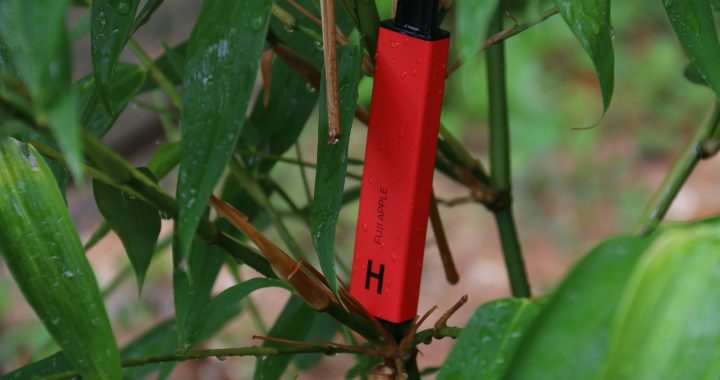3 Major Challenges In IoT Analytics and How To Overcome Them
3 min read
With the IT industry set to witness a revolution that is predicted to be brought about by the digital transformation through IoT (Internet of Things), it is important to make note of the huge quantity of data that will be generated and the methods to use it to the advantage of enterprises.
Data warehousing was made popular in 1990s to store system data from a handful of IT companies. However, with enterprises in every domain being connected to the Internet, and more recently, even devices/machines other than smartphones generating data logs of their own; it has become a necessity for the enterprises to find ways of harnessing and utilizing this amount of information using big data analytics solutions.
IoT use cases
IoT makes it possible to connect the basic shop-floor devices directly to the Internet and thus, the business processes and systems can use the data right from the source instead of requiring manual monitoring and data logging.
- Retail enterprises can benefit by connecting their POS systems and warehouse/manufacturing data to identify the supply chain requirements and pain points.
- Manufacturing enterprises can monitor equipment for safety measures and power losses, to save costs incurred from production line failures.
- Construction enterprises can enable their buildings to monitor power consumption, and avoid unnecessary power wastage.
- Shipping companies can route their logistics vehicles through a less congested road, by knowing the traffic conditions beforehand.
Ideally, this should make the analytics very easy than the earlier processes that took hours or days to analyze data logs. In the real world though, IoT poses a lot more problems than it solves – at present.
Challenges posed by IoT
According to a report by Gartner, 50% of devices (industrial, commercial, or residential) will be connected to the Internet by 2020. Some of the challenges that will arise as a consequence are:
- Siloed Data
The data logged by IoT devices is more often than not ‘raw sensor data’. Server-level systems are not equipped to parse this data. Also, either the confidentiality or limitations of infrastructure make it impossible to transmit data to the business process systems. Hence, data will require to be extracted from the IoT device, and fed manually to the business process system – resulting into an unnecessary overhead.
- Inaccurate or broken Data
Almost 92 percent of enterprises claim that their IoT data is inaccurate, according to a survey conducted by Experian. This is due to the over-sensitivity of sensors causing fluctuations in data logging. Also, there may be intermittent failures in logging that may lead to missing data links. Thus, the data quality is so poor that it cannot be processed by the systems often leading to delayed conveyance of critical conditions.
- Pointless Analytics
Continuous data logging generates streams of meaningless data items that often cause systems to lose important data spikes that need immediate action. IoT systems are not evolved enough to log only specific data events that might be useful to the business process systems. This also leads to overburdening of the big data analytics solutions.
How to overcome these challenges
- Data Integration
It is of prime importance to ensure that all IoT devices are connected to the business process systems at all times and are logging data into the database. Enterprises prefer adding IoT capabilities to their existing legacy solutions rather than revamping their whole analytics systems to accommodate IoT functionalities.
Cloud-based IoT solutions are the best way to achieve seamless data integration from all input channels – point of sales, shop-floor, warehouses/logistics, etc.
- Data quality and processing
The incoming data from sensor enabled IoT devices is often a long stream of unintelligible values. These values must be processed in real time to derive conclusive results that can point to fluctuations/deviance from the normal functioning conditions of the IoT devices. Hence, the big data analytics solutions need to be equipped with extensive data processing capabilities.
- Actionable Intelligence
The processed data can then be used to take automatic system actions or strategy formulations by the sales/marketing, operations, and other teams of the enterprises. Actionable data from IoT devices has proved to improve the general marketing outputs, customer loyalty, sales, inventory management practices, production forecasting and performance tracking of enterprises across various verticals like manufacturing, retail, healthcare, etc.







